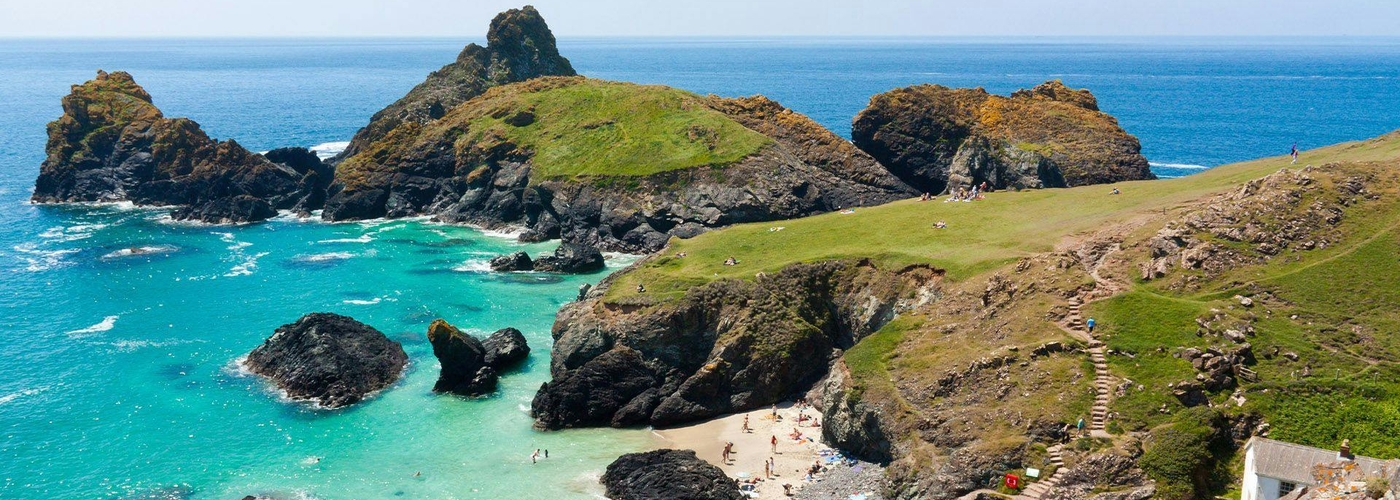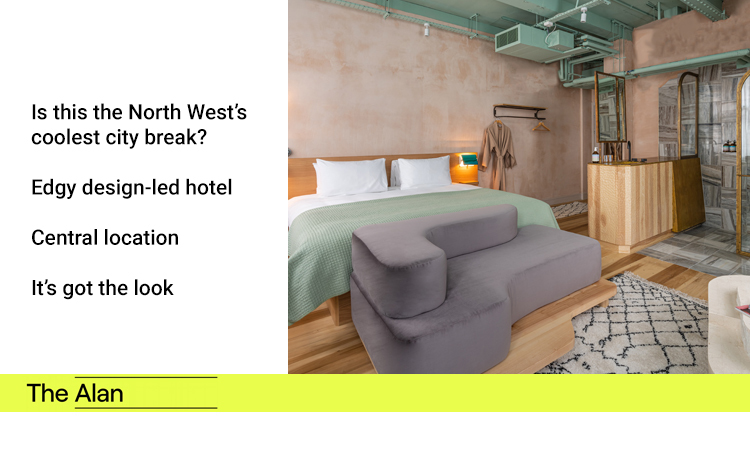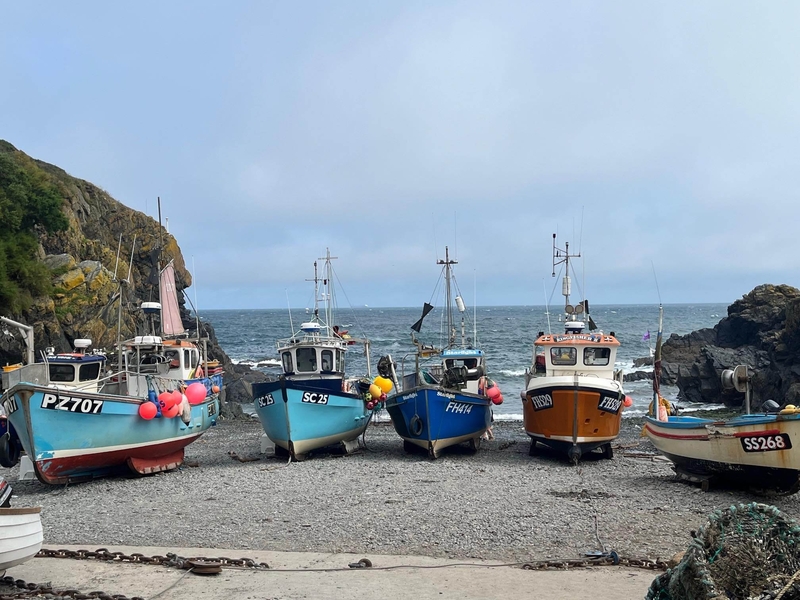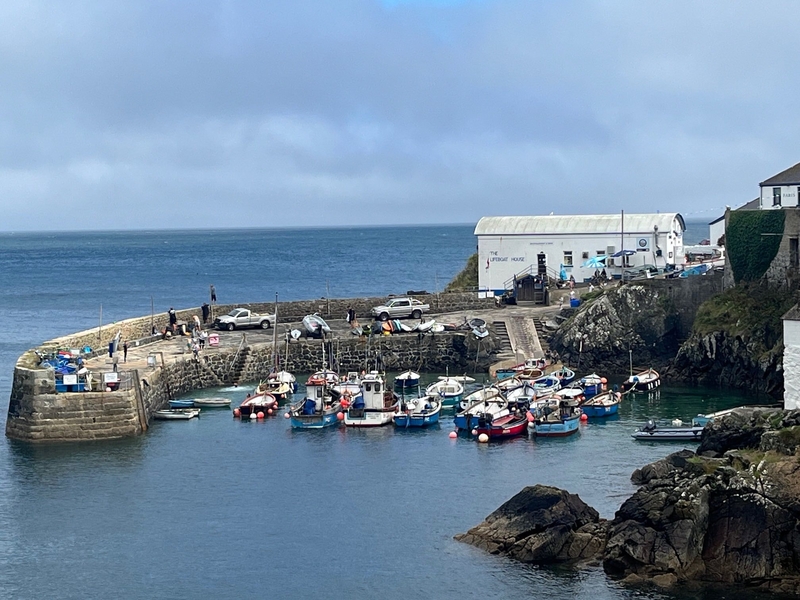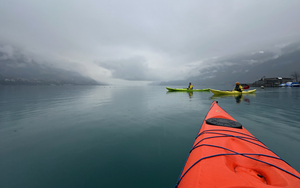Neil Sowerby finds Woodbine Cottage the perfect base to explore The Lizard and beyond
LOCATIONS, locations. Sometimes such a mystery. House of the Dragon viewers will instantly recognise Kynance Cove as the backdrop to the Valeyrian camp in Episode 3. To me it’s just an astonishing vista of turquoise sea, white sand coves and serpentine rock stacks gashed with caves. The colourful Cornwall of our dreams.
When revenue officers boarded Welland was killed and 12 of his crew injured. The contraband cargo of fighting cocks had escaped from their cages and were fighting each other on the deck
Dragon is apparently the prequel to Game of Thrones, another fantasy hit that passed me by but made similar use of Ireland’s Antrim coastline. Hence my puzzlement at coachloads of fans there taking selfies when we just wanted to commune with the waves.

In high season we were also far from alone at Kynance, which maybe I do recognise from an old episode of Poldark. Hero, top off, on a horse? The Cove’s custodians, the National Trust, handle the hordes well with overspill car parks and a separate path down to the excellent beach cafe, helpful for dog-owners like us. Pooches are not permitted on the actual sands in summer. Humans should take care when high tide arrives – it could leave you stranded on one of the cluster of islets joined to the shore at low tide. Mermaid Pool is the spot for Instagrammer/wild swimmers while nature rules on Asparagus Island, a riot of wild sprues and rare flowers. Here is one of the few spots to encounter the fringed rupturewort. Love the name, probably wouldn’t recognise the ‘unshowy’ plant.
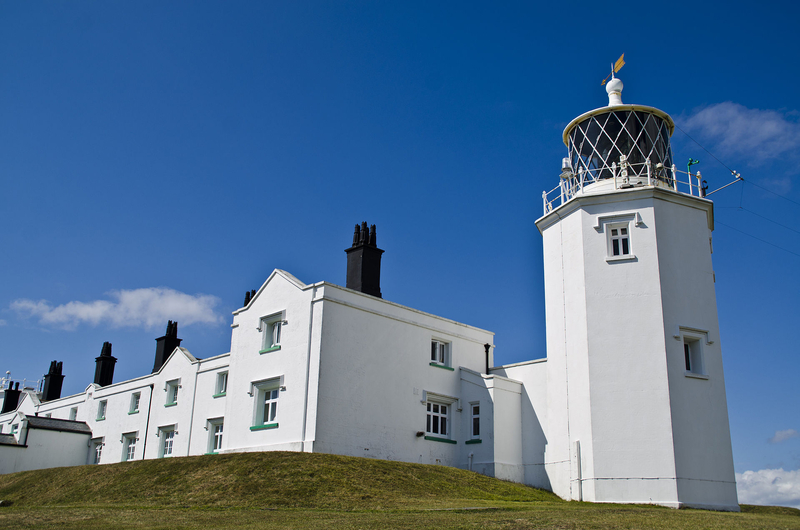
The survival of such natural treasures is down to the NT conserving large swathes of the west coast of the Lizard Peninsula. Lizard Point itself, the most southerly piece of mainland Britain, is just two miles south of Kynance. Reach it via a 40 minute trek down the South West Coastal Path. You can visit the heritage centre at the twin-towered lighthouse, which dates back to 1752, and there’s a good chance of spotting dolphins or basking sharks.
Or head north on the path from Kynance, along the 200ft-high Rill, from where the Armada was first sighted, and a tough four miles later you drop down through gorse and bracken to a very different cove. Remnants of a once thriving fishing industry, the old pilchard and net stores are still in use at the tightly enclosed harbour of Mullion Cove (aka Porth Mellin).
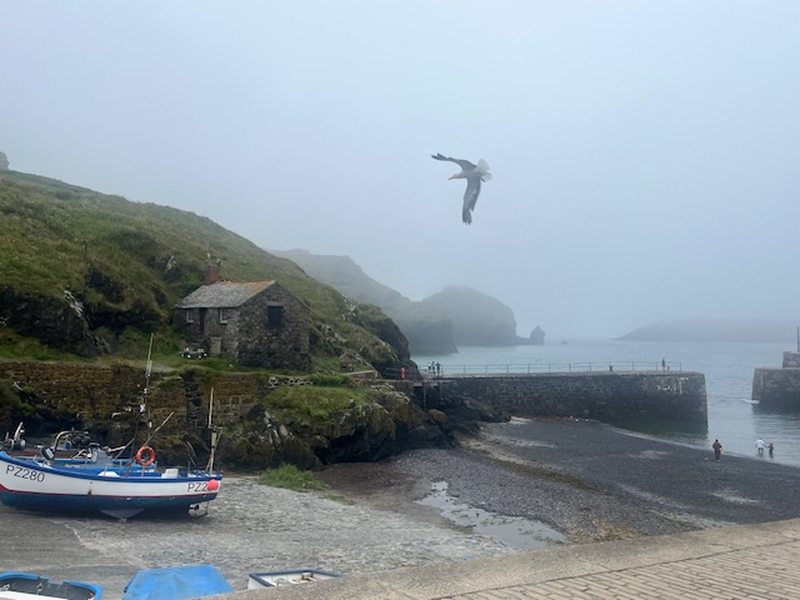
There are fears for its future as turbulent seas make it hard to maintain the breakwater. A far cry from its 19th century heyday when on one Saturday alone in 1830 some 1,800,000 pilchards were landed by the Mullion seine nets, to be shipped in 600 hogsheads across to Newlyn for curing.
There is also a long history of shipwrecks and smuggling in these parts. Vessels steered a wide berth of Mullion Island, still inhabited only by a large seabird colony. Back in 1786 it witnessed the pursuit of notorious smuggler Thomas Welland and his lugger, The Happy Go Lucky. When revenue officers boarded Welland was killed and 12 of his 30-man crew injured. The contraband cargo of fighting cocks had escaped from their cages and were fighting each other on the deck, it was reported.
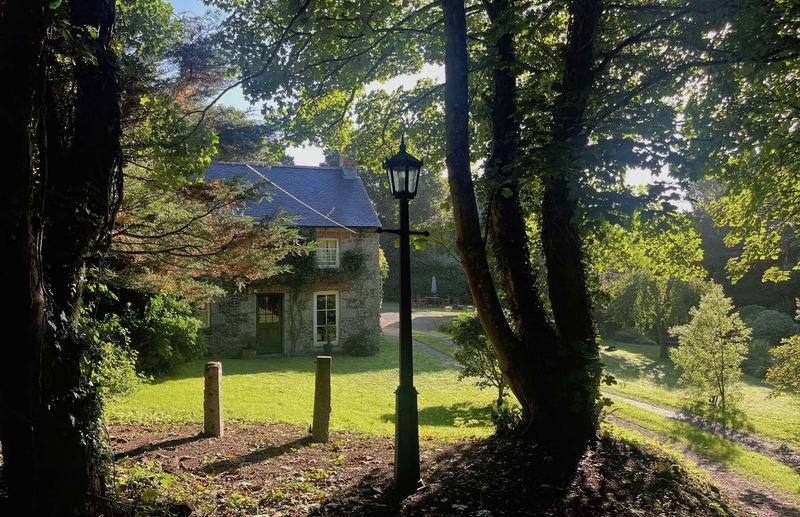
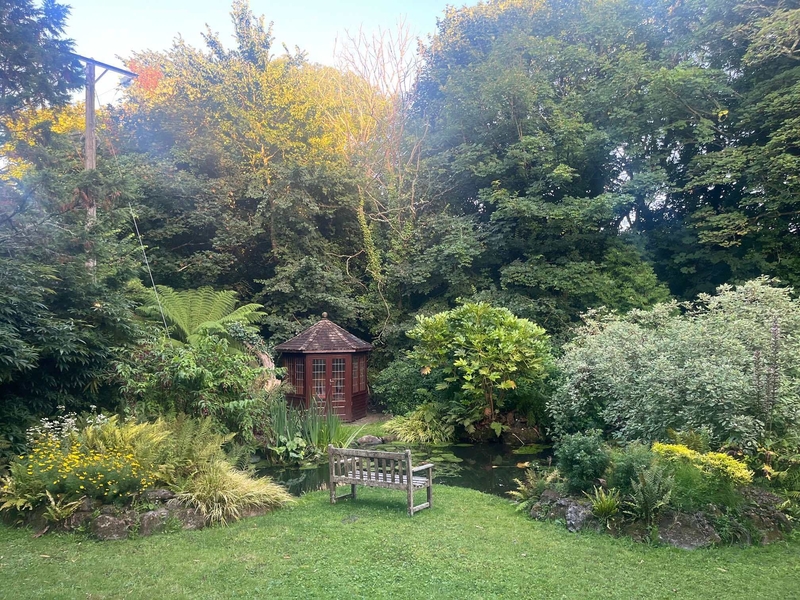
It was always safer inland. In these quieter times our holiday base was in Mullion village, a 15 minute walk from the nearest clifftop at surfer-friendly Pelurrian. Woodbine Cottage was perfect for a large family stay (with three dogs in tow). Phenomenally well-equipped, set in a sprawling, luxuriant garden with pools and a gazebo, it ticked every box.
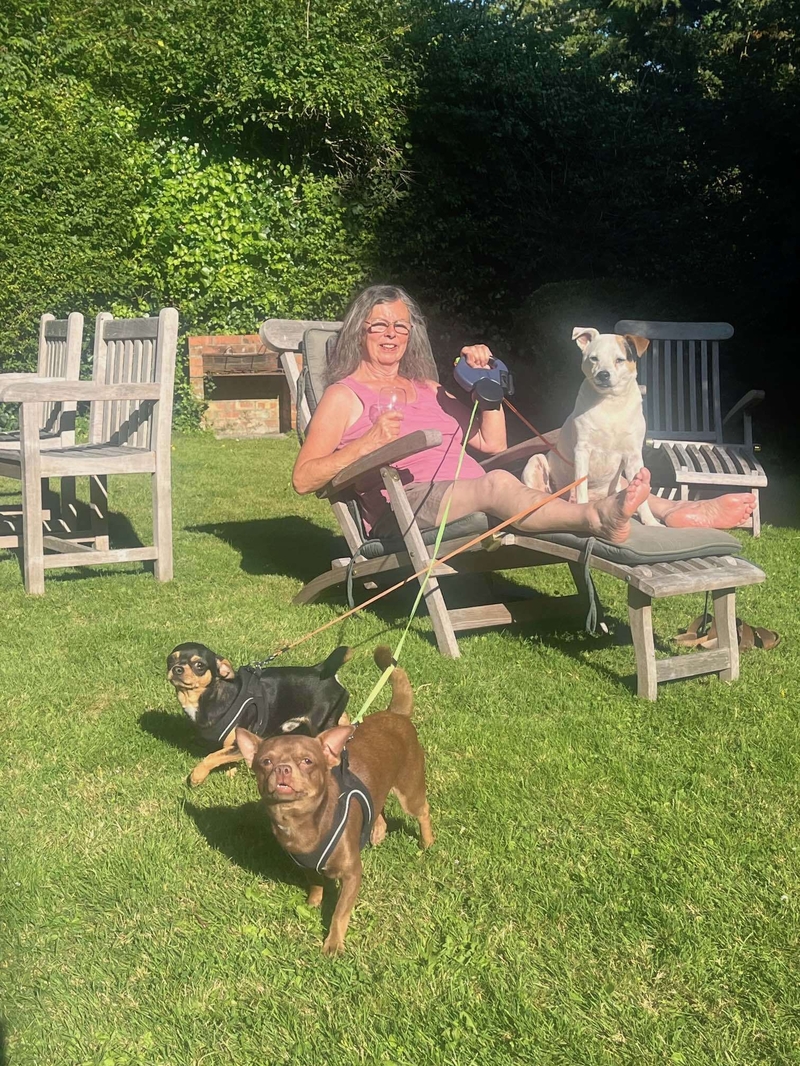
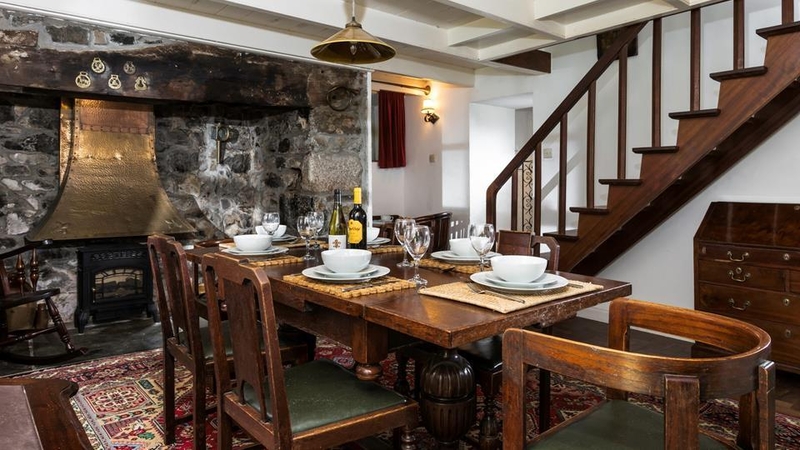
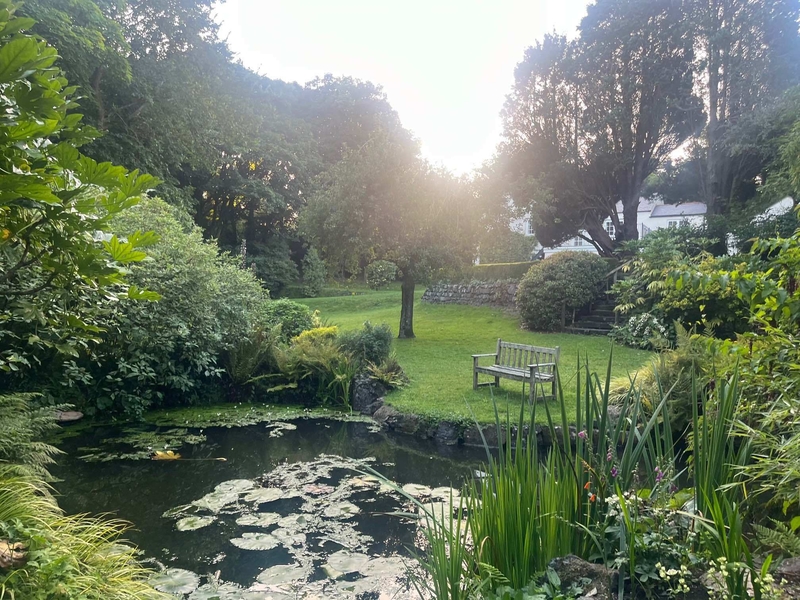
What had once been a small secluded cottage has been sympathetically extended to sleep up to eight people and offers various spaces to do your own thing. Welcome when it’s three generations sharing. We booked it through mega-efficient Cornish specialists Aspects Holidays.
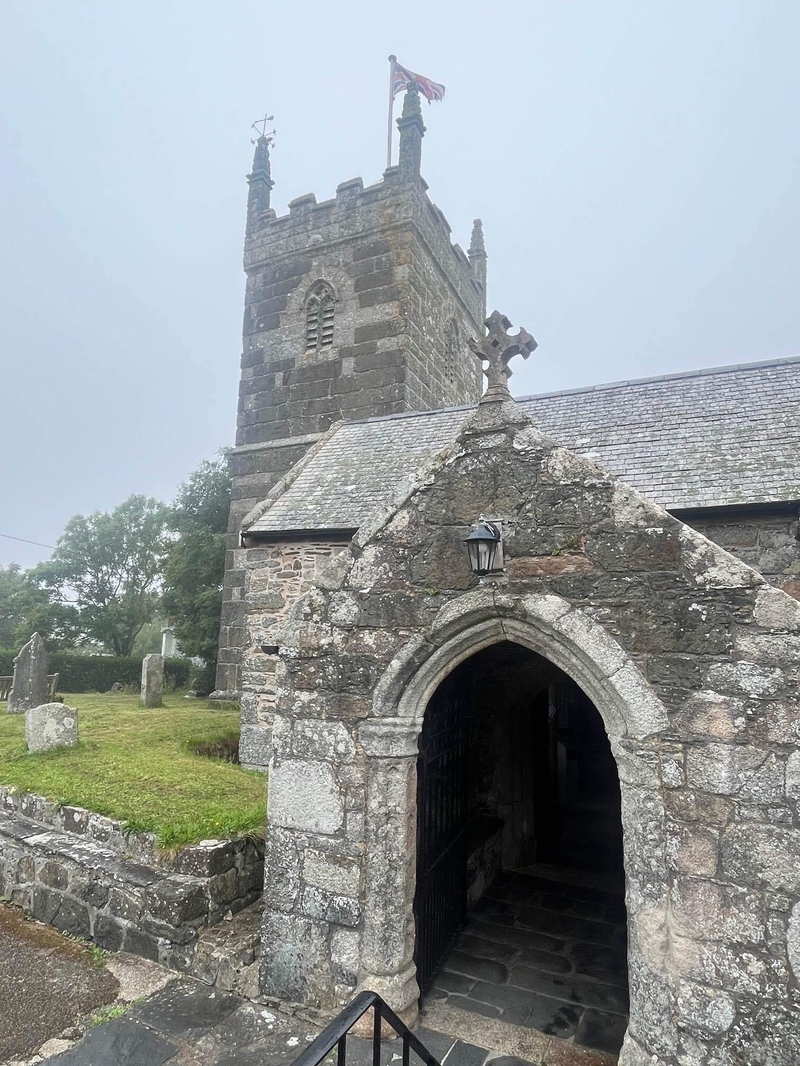
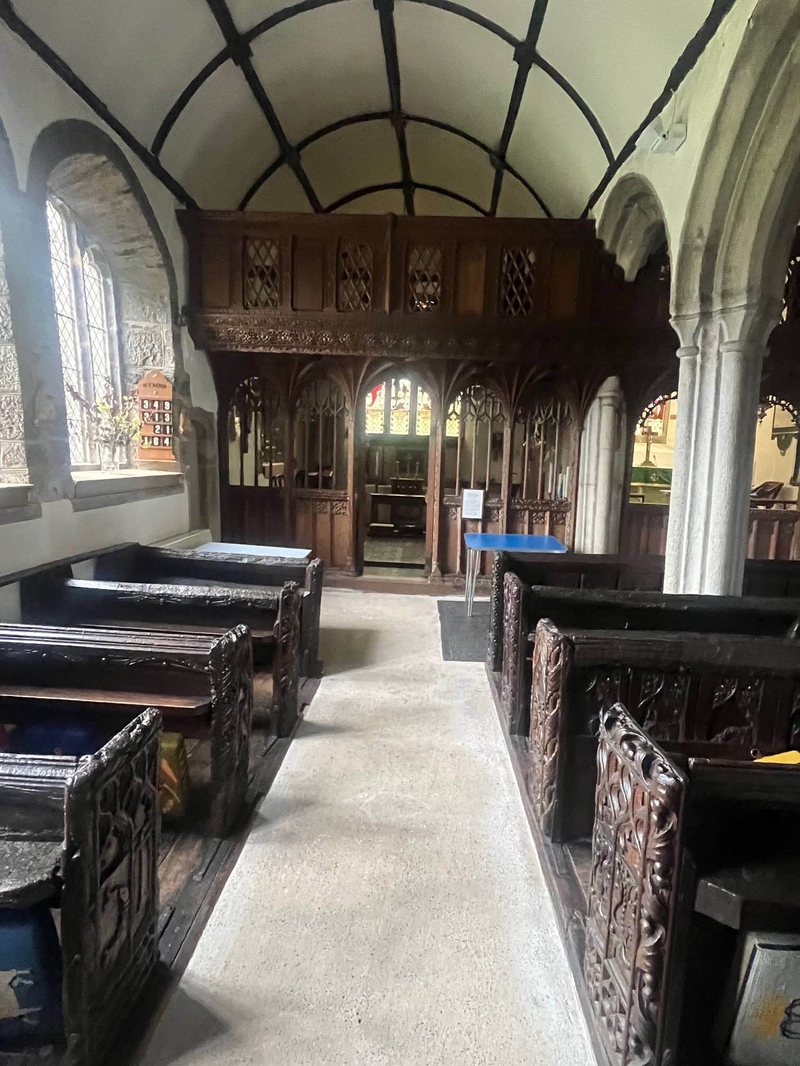

Mullion centre was a 10 minute walk away. It’s a workaday retirement community served by a Co-op, a terrific chip shop called The Galleon and the thatched Old Inn, pouring traditional St Austell ales. One innovation in a hostelry that has been there since the 16th century – it hosts the village library.
Even older is the Grade I listed St Mellanus’ Church next door. Its north door is said to date back to the 11th century: the south door has a dog flap "for the convenience of shepherds". No howling during the sermons? Don’t miss the intricate religious carvings on the end of ancient oak pews.
A much odder holy place is to be found up the coast in Gunwalloe Church Cove. Mentioned in the Domesday Book, it bears the name of the Breton missionary who founded it – St Winwaloe – but is also known as ’The Church of the Storms’. It has withstood many of these over the centuries, tucked as it is in the lee of a sand dune.
There’s a knocked about feel to it, but it has its treasures, notably fragments of an old rood screen fashioned from the timber of a Portuguese galleon wrecked in 1527. The panels show the Apostles with boss-eyes and Moorish faces.
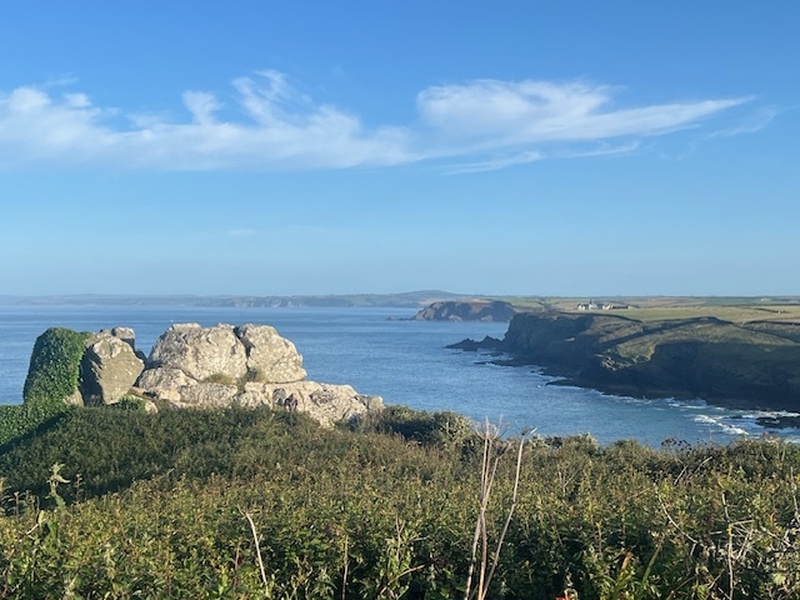
The South West Coastal Path back to Mullion is one of the easier stretches. Treat yourself to a legendary hot chocolate at Poldhu Cove’s beach cafe before ascending to the Marconi Monument. This obelisk marks the spot from where the first transatlantic radio transmission was made by Guglielmo Marconi in 1901. The on site Marconi Centre run by amateur radio buffs and the National Trust is open to visitors.
Further afield – a few tips
Explore the rest of the Lizard. Cadgwith and Coverack are two fishing villages well worth visiting. The former, at the bottom, of a wooded valley is perhaps the prettier. The Cadgwith Cove Inn has a terrific nautical interior (with shanty evenings) and slightly naughty prices for its pub food. I’d recommend the crab deals at the neighbouring Old Cellars. Coverack is bright and breezier, not so obviously touristy with a lovely harbour and RNL station. The clifftop beer garden of the Paris Hotel is a top spot for a bracing pint. Do avoid the Sharp’s Doom Bar, though.
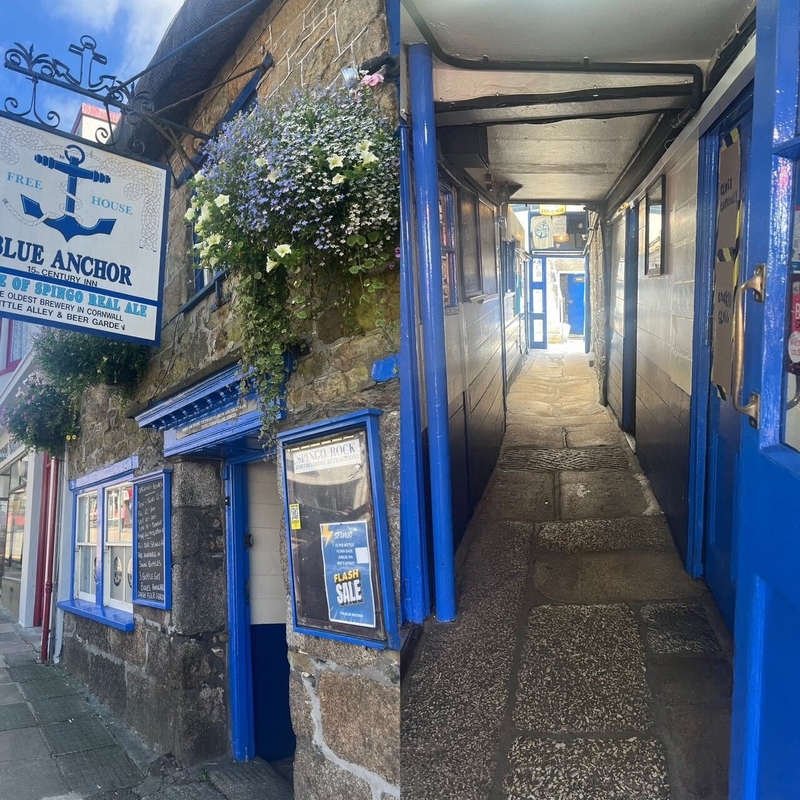
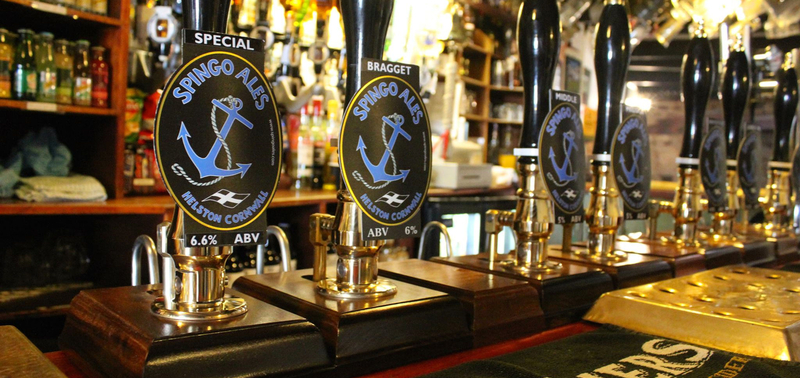
Hilly Helston is the entry point to the Lizard, famous for its annual Furry Dance, a joyous May ritual culminating in a procession, celebrating the passing of winter and the arrival of spring. A good time the rest of the year can be had at the Blue Anchor that has stood on Coinagehill Street since the 15th century, when it was a monks’ rest house. It brews four versions of Spingo, its own ale, to be supped in the array of flagstoned parlours. Warning avoid the skittle alley after a couple of top strength Spingos.
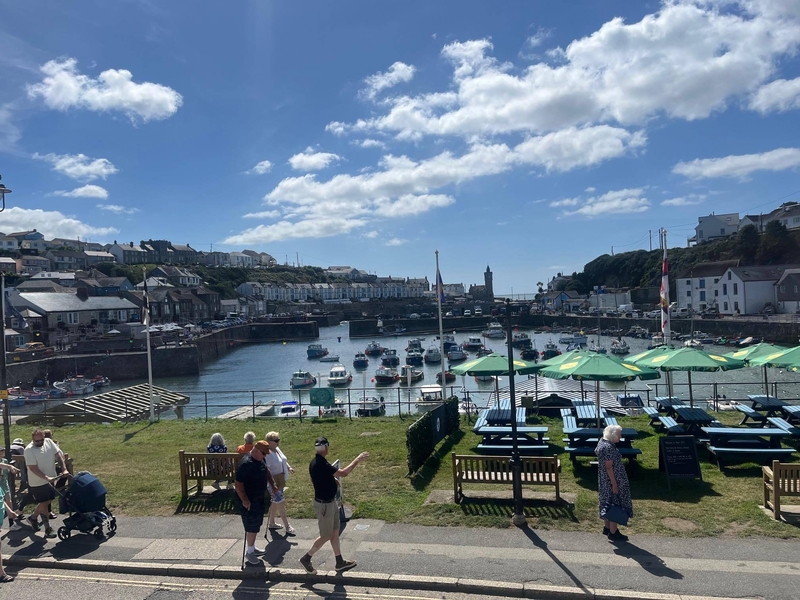
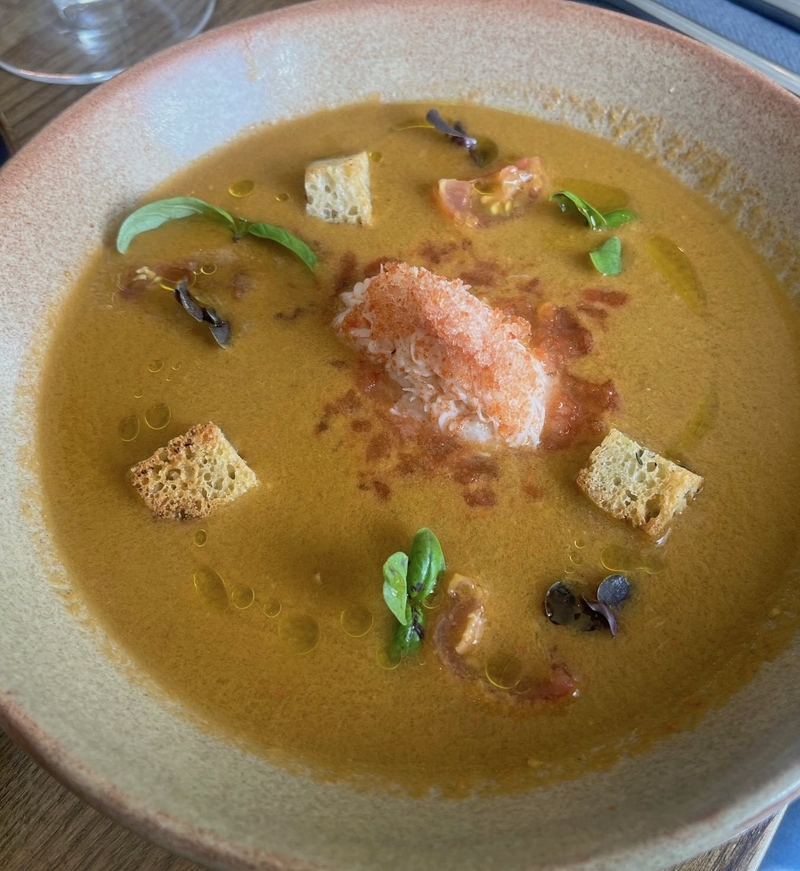

Another old fishing port that doesn’t deal in twee piskies for grockles is Porthleven, to the west of Helston. It does offer a cluster of jolly eating and drinking places around its substantial harbour. We chose well – lunching pan-Asian style at Kota Kai Kitchen Bar, overlooking the inner harbour. It’s a casual offshoot of nearby Kota, Jude Kereama’s 3 rosette restaurant with rooms. A New Zealander, he’s made waves on Great British Menu.
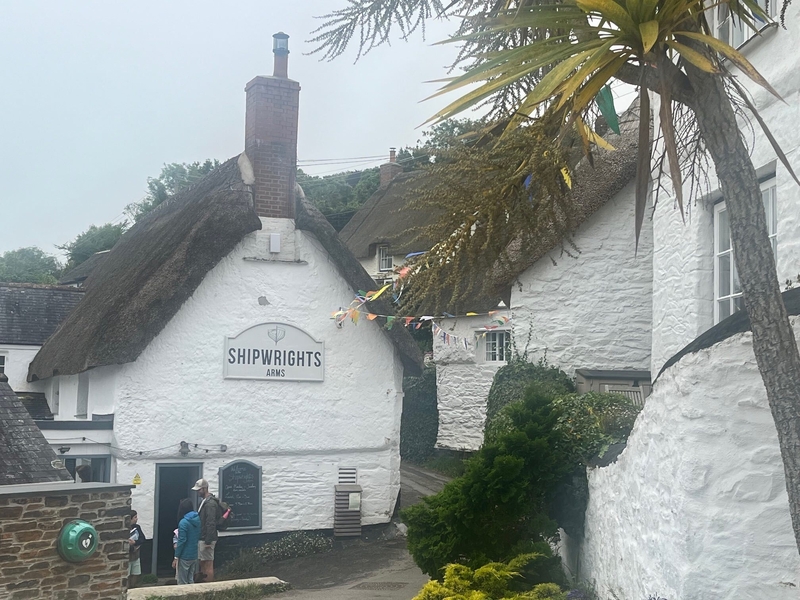
To the east of Helston, the Helford River is a glorious stretch of water to explore culminating in the wide estuary and the stonkingly picturesque hamlet of Helford. Lovely walks all around, culminating inevitably in a waterfront pint at the thatched Shipwright’s Arms. Helford Regatta was scheduled for the following day; the place would have been swarming with yachting types. One escape – you could take the ferry across to Helford Passage
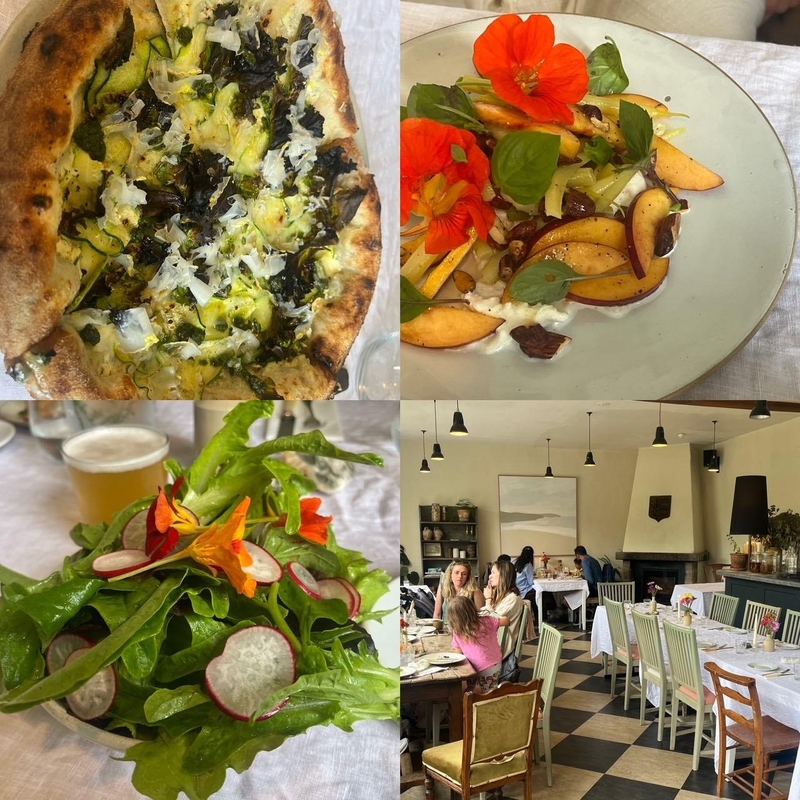
Just five miles away inland, on the 1,000 acre Trelowarren Estate, make a beeline for the Flora Cafe. I‘d advise booking; we just scraped into the overspill dining room. We were rewarded with a lunch showcasing produce from the kitchen garden of environmentalist owner Sir Ferrers Vyvyan. A wood-fired ‘white’ pizza topped with Rachel cheese and courgette was exquisite alongside a freshly picked green salad. Hugely recommended.

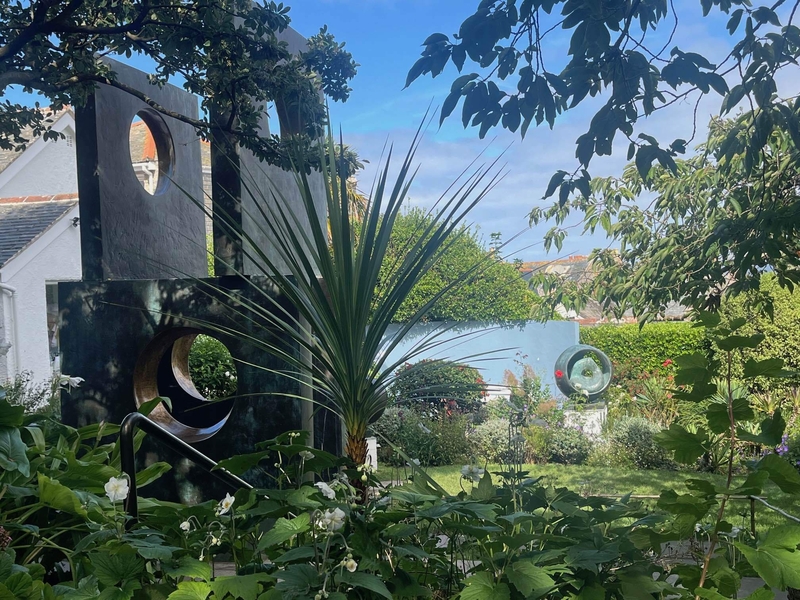
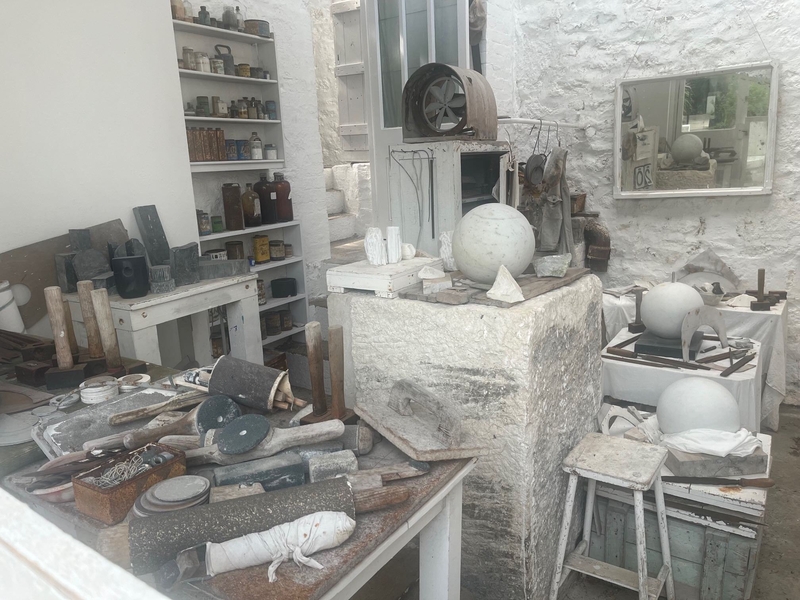
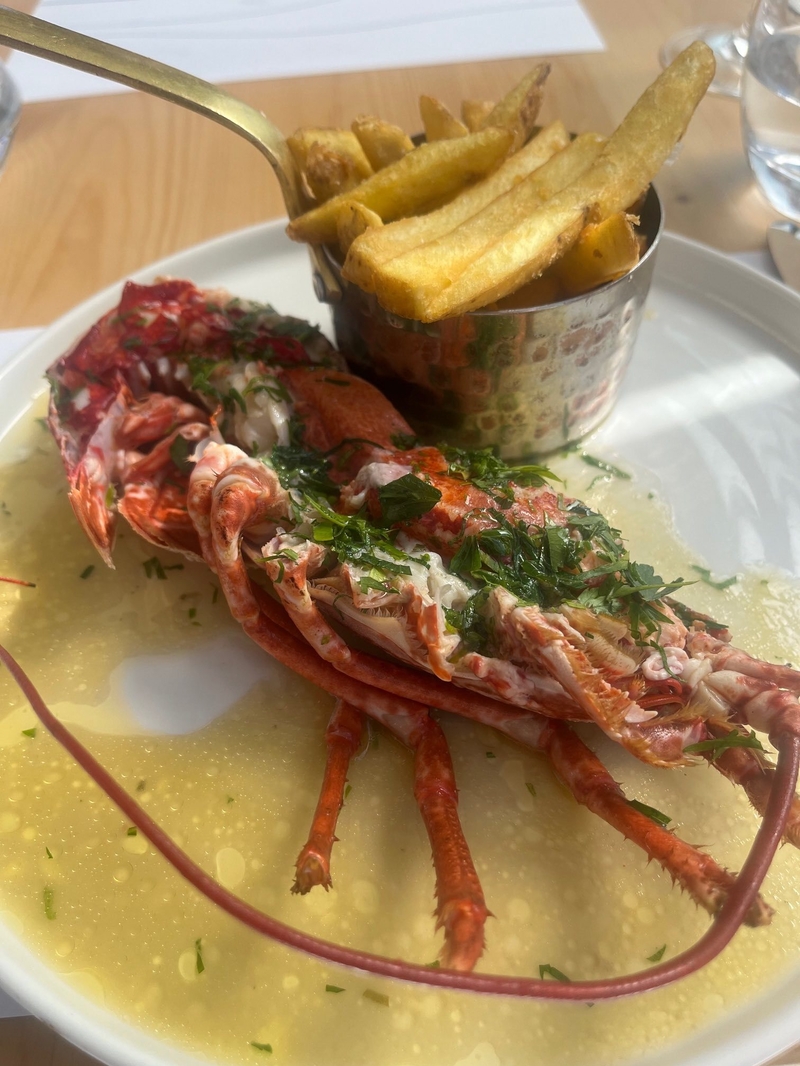
Falmouth is my favourite Cornish town, just a 40 minute drive from Mullion. Read my report on an earlier stay there (with Aspects) and my piece on St Ives on the eve of Lockdown. We had a day trip this time, using the park and ride from St Erth Station. The Barbara Hepworth Museum and Sculpture Garden with the great artist's workshop and a long fishy lunch in the Porthminster Beach Cafe were welcome refuges from much over-touristed jostling along the seafront. Under blue skies it still looked amazing. Maybe they should use it as a film location.
Fact file
Neil Sowerby stayed at Woodbine Cottage, Mullion. 2024 prices range from £747-£1737 per week (with a supplement for each dog).
It’s just one of Aspects’ many properties on The Lizard, View them here.
It’s a 700 mile round trip from Manchester via the M6, M5, A30 and A39.
For full tourist information on this glorious county go to Visit Cornwall.
Main image of Kynance Cove from Visit Cornwall.





